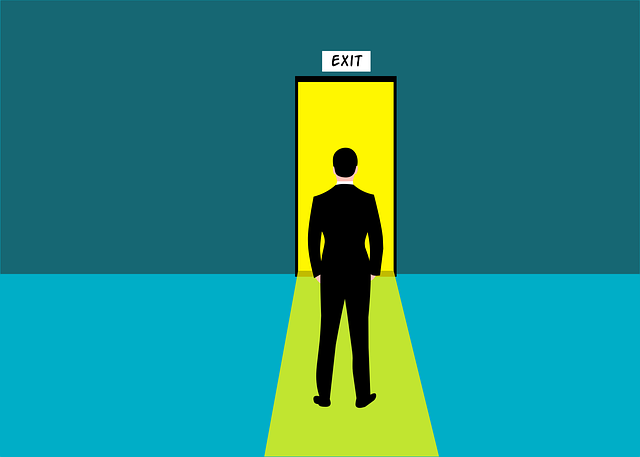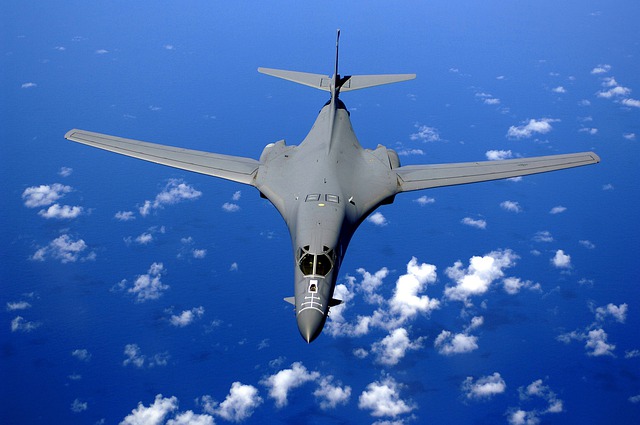Have you ever wished you had an extra pair of hands?
As the automotive and courier service industries have widely adopted self-driving technology, the trend continues to spread to other business areas. Recently, a Canadian-based startup called GlüxKind released the first smart stroller.
The self-driving stroller, dubbed “Ella,” has the potential to change the childcaring experience. Parents or caretakers whose hands are normally tied up when pushing a stroller are now relieved of this burden. Ella drives itself when the child is not inside.

According to Anne Hunger, CPO and co-founder of GlüxKind, the innovative stroller is meant to serve as “an extra pair of eyes and an extra set of hands.” She explains that while the child is inside, one hand is required on the handlebar for safety purposes. But, when a crying baby needs to be held, an independent toddler wants to walk, or the two simply want to explore the world together, the parent has use of two hands.
In order to successfully navigate itself, Ella is equipped with sensors and cameras which take into account the surroundings and sidewalks. A dual-motor system allows for uphill treks and there is an automatic brake assist for downhill navigation.
In this YouTube video, consumers can see how the stroller works in action. A parent is pushing a stroller downhill and suddenly lets go to fetch a toy that his toddler dropped. The stroller stops on its own. Another scene depicts a child who wants to be carried, and the stroller then steering itself.
Ella was one of the Innovation Awards Honoree at the 2023 Consumer Electronics Show in Las Vegas. It is available for pre-order in North America, with deliveries planned to begin in April. The stroller is set to retail at about $5,000.



